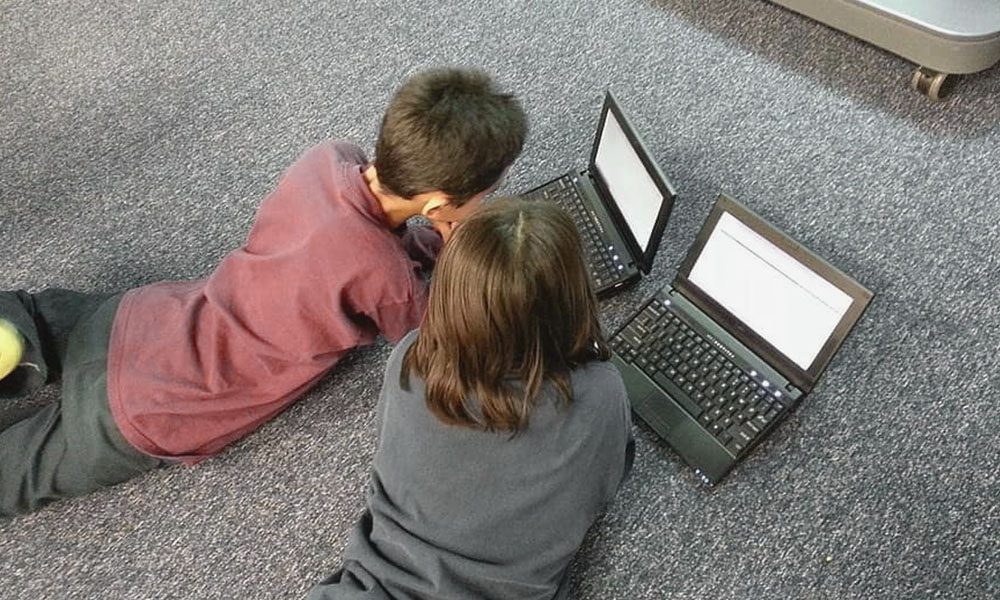
463 Million Children Worldwide Unable To Access Virtual Schooling: UNICEF Report
Writer: Devyani Madaik
A media enthusiast, Devyani believes in learning on the job and there is nothing off limits when it comes to work. Writing is her passion and she is always ready for a debate as well.
India, 27 Aug 2020 1:02 PM GMT
Editor : Shubhendu Deshmukh |
Shubhendu, the quint essential news junky, the man who loves science and politics in equal measure and offers the complete contrast to it by being a fan of urdu poetry as well.
Creatives : Vijay S Hegde
I am a creative, artistic and ambitious designer, with a talent for thinking outside the box and coming up with innovative ideas and designs. I graduated with a 1st Class honors degree in Video Editing from MAYA ACADEMY OF ADVANCED CINEMATICS
The report also highlights significant inequality across regions. Of the 463 million, about 80 million students have been affected in the Asia-Pacific region, that accounts for 20% of the total.
Over one-third of the schoolchildren across the globe have no means to access virtual education as schools are shut amid the COVID-19 pandemic, read a United Nations Children's Fund report released on Wednesday.
This accounts for 463 million students who are cut off from education, primarily due to a lack of remote learning policies or lack of equipment needed for learning at home.
"The sheer number of children whose education was completely disrupted for months on end is a global education emergency. The repercussions could be felt in economies and societies for decades to come," the report read.
The UN agency estimates 1.5 billion children worldwide to have been affected by lockdowns or school closings occasioned by the pandemic, and warns that the situation is likely to get worse.
The report has used globally representative analysis of the data collected from 100 countries, on the availability of home-based technology and tools needed for remote learning among pre-primary, primary, lower-secondary and upper-secondary schoolchildren.
Factors that were taken for analysis were access to television, radio and internet, and the availability of curriculum delivered across these platforms during shutdown of schools.
The report also highlights significant inequality across regions. Of the 463 million, about 80 million students have been affected in the Asia-Pacific region, that accounts for 20 per cent of the total.
School children from the poorest household and in rural areas remain the worst affected, but even children with adequate access may face challenges to distance education, from lack of a good workspace at home, the pressure to do other work for the family, or a lack of technical support when computer problems arise, the UNICEF report said.
Among students around the world unable to access virtual education, Sub-Saharan Africa is the most affected, with 121 million children, 80 million in the Asia-Pacific region, 37 million in the Middle East and North Africa, 147 million in South Asia, and 13 million in Latin America and the Caribbean.
Also Read: Maharashtra PWD Minister To Look After Two Boys Who Lost Kin In Raigad Building Collapse
 All section
All section














